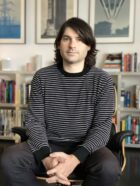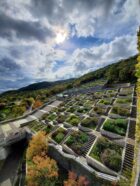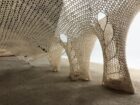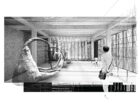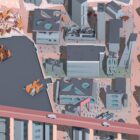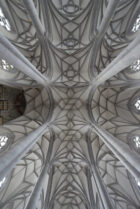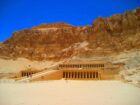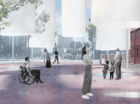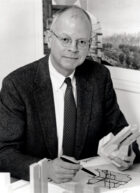Established by SOM in 1979 to support emerging designers, the SOM Foundation is an independent nonprofit organization that has provided more than $3 million in fellowships to design students and faculty, as well as mentorship and networking opportunities. Today, the foundation administers five annual awards, which support rigorous interdisciplinary research across the globe.
With the Research Prize, European Research Prize, and Robert L. Wesley Award application period opening this month, we sat down with Executive Director Iker Gil, an architect, curator, and educator, to talk about the foundation’s evolution, impact, and ambitions to bring new ideas and expand equity in the design profession.

